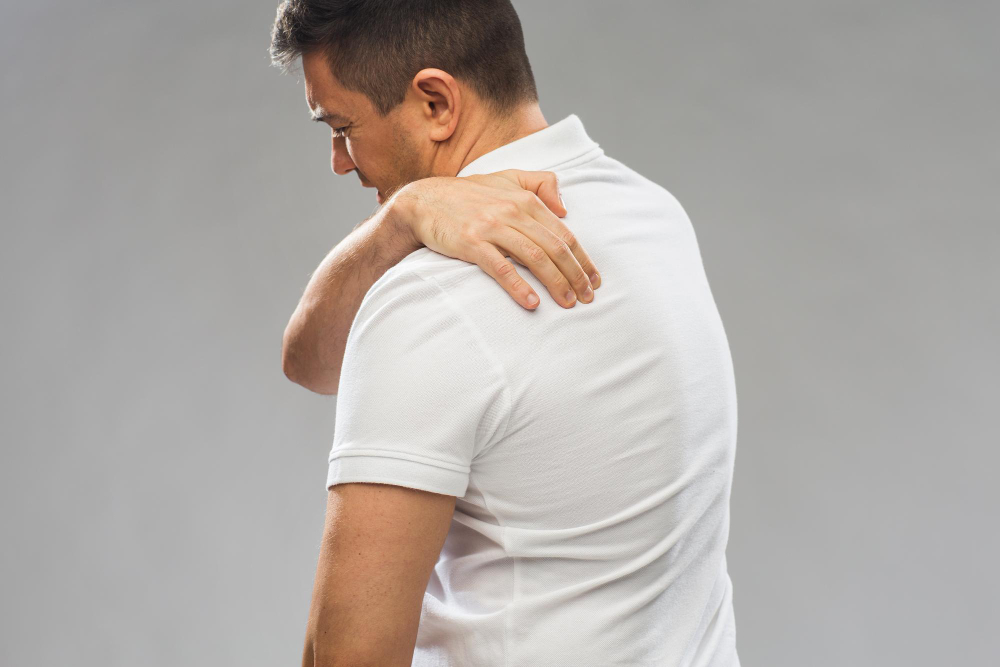Understanding Shoulder Instability: Causes, Symptoms, and Treatment

Shoulder instability is a common problem among athletes and active individuals. It occurs when the shoulder joint is not able to maintain its position in the socket, leading to pain and instability. If left untreated, it can lead to more severe injuries, such as dislocation or rotator cuff tears. But what causes shoulder instability, and what are the signs that you may be suffering from it? In this blog, we will take a closer look at shoulder instability, its symptoms, causes, and treatment options.
Symptoms of Shoulder Instability:
The most common symptom of shoulder instability is a feeling of the shoulder "popping out" of its socket. You may also experience pain, weakness, or a sense of looseness in the shoulder joint. Activities that require overhead motions, like throwing a ball or lifting weights, may aggravate these symptoms. In severe cases, the shoulder may dislocate, which can cause intense pain and require medical attention to restore the joint to its proper position.
Causes of Shoulder Instability:
Shoulder instability can be caused by a number of factors, including trauma, overuse, or genetics. Traumatic shoulder injuries, such as a fall or dislocation, can damage the ligaments and muscles that hold the joint in place, making it more prone to instability. Overuse injuries, such as repetitive overhead motions, can lead to inflammation and weakening of the shoulder's supportive tissues. Additionally, some individuals may be born with naturally weak or loose ligaments, which can increase their risk for developing shoulder instability.
Treatment Options for Shoulder Instability:
If you are experiencing symptoms of shoulder instability, it is essential to seek medical attention from a physical therapist or physician. Treatment options may include physical therapy, rest, ice, compression, and elevation, as well as anti-inflammatory medication to reduce pain and swelling. In some cases, more severe injuries may require surgery to stabilize the shoulder joint and prevent future dislocations.
Preventing Shoulder Instability:
To reduce your risk of developing shoulder instability, it is crucial to maintain proper shoulder strength and mobility. Avoid overuse injuries by warming up before exercising, using proper techniques and equipment, and taking breaks when necessary. Additionally, incorporating exercises that target the shoulder's supportive muscles and joints, such as shoulder presses and lateral raises, can help improve stability and reduce your risk of injury.
Conclusion
Shoulder instability can be a debilitating condition that can impact your daily activities and sporting pursuits. If you are experiencing any symptoms of shoulder instability, it is crucial to seek medical attention from a physical therapist or physician. Early intervention can help prevent more severe injuries and improve your chances of full recovery. At B Physical Therapy in Oviedo, FL, our team of experienced therapists specializes in treating shoulder injuries and can provide personalized treatment plans to address your individual needs. If you're looking for a Physical therapist in Oviedo, FL, contact us today to schedule your appointment and take the first step towards a healthier, more stable shoulder.